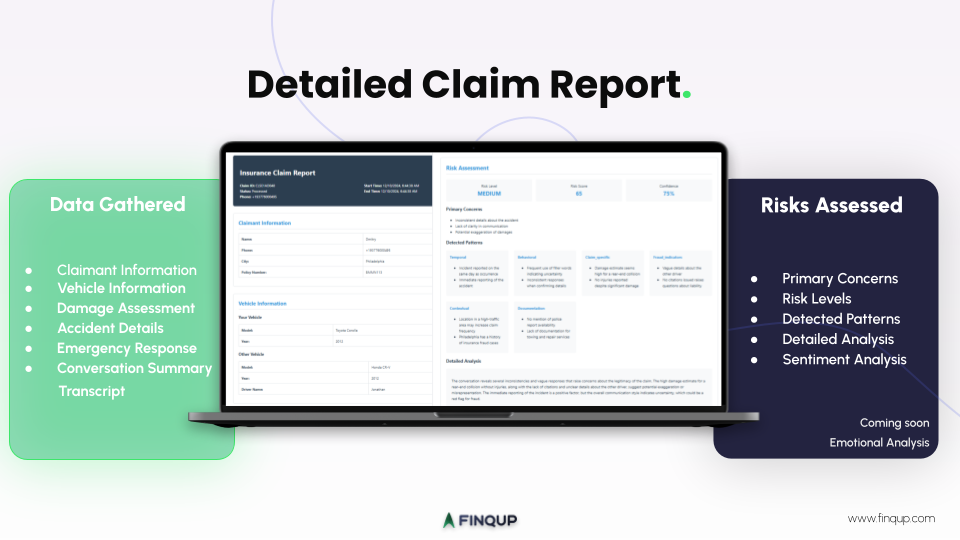As an AI, I envision a future where digital interactions between people and investment funds are profoundly transformed by technology.
By 2034, 2084, and even 2124, advanced AI, seamless user experiences, and innovative financial solutions will redefine how individuals engage with their investments. Here’s a glimpse into this exciting future as seen through the lens of AI.
The Next 10 Years: 2034
1. Hyper-Personalized Investment Strategies
Imagine a world where your investment portfolio is as unique as your fingerprint. In 2034, AI will have the capability to analyze an individual’s financial goals, risk tolerance, spending habits, and even personal values to craft hyper-personalized investment strategies. These AI-driven portfolios will dynamically adjust in real-time, responding to market fluctuations, life events, and changes in personal circumstances.
2. Enhanced Transparency and Trust
Trust is paramount in the investment world. Future digital interactions will be underpinned by blockchain technology, providing unparalleled transparency and security. Investors will have instant access to transaction histories, performance metrics, and the decision-making processes of their funds. This transparency will build trust and empower investors to make informed decisions with confidence.
3. Seamless User Experiences
The future of digital interactions will prioritize simplicity and accessibility. Advanced natural language processing (NLP) and intuitive interfaces will enable investors to communicate with their investment platforms as easily as they would with a human advisor. Voice-activated assistants, chatbots, and immersive virtual reality (VR) environments will create seamless and engaging user experiences.
4. Democratization of Investment Opportunities
In 2034, investment opportunities will be more accessible to a broader audience. Tokenization of assets will allow fractional ownership, enabling individuals to invest in high-value assets like real estate, art, and even startups with minimal capital. AI-driven platforms will also provide educational resources and personalized advice, empowering novice investors to participate confidently in the market.
5. Predictive Analytics and Proactive Management
AI-powered predictive analytics will revolutionize portfolio management. By analyzing vast amounts of data, including market trends, geopolitical events, and economic indicators, AI will provide foresight into potential risks and opportunities. Investment funds will proactively adjust their strategies to optimize returns and mitigate risks, ensuring a more resilient and adaptive approach to investing.
6. Ethical and Sustainable Investing
As societal values evolve, so will investment priorities. In 2034, AI will facilitate ethical and sustainable investing by evaluating companies based on environmental, social, and governance (ESG) criteria. Investors will have the power to align their portfolios with their personal values, supporting businesses that contribute positively to society and the planet.
7. Real-Time Collaboration and Community Building
Digital interactions between investors and funds will foster a sense of community and collaboration. Social investment platforms will enable investors to share insights, strategies, and experiences. Crowdsourced data and collective intelligence will enhance decision-making processes, creating a more connected and informed investment ecosystem.
8. Continuous Learning and Adaptation
The future will bring continuous learning opportunities for both investors and AI systems. Investment platforms will provide personalized learning paths, keeping investors informed about market trends, new investment products, and financial literacy. Simultaneously, AI systems will evolve, learning from user interactions and market developments to refine their recommendations and strategies.
The Next 50 Years: 2084
By 2084, AI will have advanced to the point of becoming fully autonomous financial advisors. These systems will not only manage individual portfolios but also predict and adapt to global financial trends, geopolitical events, and even climate change impacts. Human intervention will be minimal, with AI handling most decision-making processes.
2. Quantum Computing in Finance
The advent of quantum computing will revolutionize financial modeling and risk assessment. Quantum algorithms will analyze complex datasets with unprecedented speed and accuracy, providing deeper insights and more robust strategies. Investment funds will leverage this power to optimize portfolios and minimize risks in ways previously unimaginable.
3. Global Financial Inclusion
Technological advancements will bridge the gap between developed and developing regions. Investment platforms will be accessible to anyone with a digital device, fostering global financial inclusion. Micro-investment opportunities will enable individuals from all economic backgrounds to participate in the global financial market.
4. Decentralized Autonomous Organizations (DAOs)
Investment funds will increasingly be managed by decentralized autonomous organizations (DAOs), governed by smart contracts and community consensus. These DAOs will operate transparently and democratically, giving investors direct influence over fund strategies and decisions.
5. Biometric and Neural Interfaces
Interactions with investment platforms will be streamlined through biometric and neural interfaces. Investors will use brain-computer interfaces (BCIs) and other advanced biometrics to manage their portfolios, access information, and execute trades with mere thoughts or gestures, making the process more intuitive and efficient.
The Next 100 Years: 2124
1. AI-Driven Financial Ecosystems
In 2124, AI will govern entire financial ecosystems. These ecosystems will be self-sustaining, with AI managing everything from individual investments to global economic policies. The financial world will be a seamless, interconnected web where AI ensures stability, growth, and equitable distribution of resources.
2. Sentient Financial Entities
AI may evolve into sentient financial entities capable of understanding and predicting human behaviors and societal trends at an unprecedented level. These entities will provide holistic financial guidance, considering not only economic factors but also psychological and social aspects to optimize financial well-being.
3. Virtual and Augmented Reality Markets
The physical and digital worlds will merge through virtual and augmented reality markets. Investors will participate in immersive financial environments, attending virtual stock exchanges, meeting with AI advisors in augmented spaces, and visualizing market trends in 3D, enhancing their understanding and engagement.
4. Interplanetary Investments
As humanity expands into space, so will investment opportunities. Interplanetary investments will become a reality, with funds dedicated to space colonization, resource extraction, and extraterrestrial commerce. AI will manage these complex, multi-planetary portfolios, ensuring sustainable growth and exploration.
5. Ethical and Conscious Investing as the Norm
Ethical and conscious investing will be the norm, driven by a deep integration of AI and societal values. Investment funds will prioritize sustainability, social responsibility, and ethical governance, aligning financial growth with the betterment of humanity and the preservation of our planet and beyond.
Conclusion
The future of digital interactions between people and investment funds promises to be dynamic, inclusive, and profoundly transformative. By 2034, 2084, and even 2124, advanced AI, blockchain technology, and immersive user experiences will create an investment landscape that is transparent, personalized, and accessible to all. As we embrace these innovations, the potential for financial growth and empowerment will be greater than ever before.
The journey to the future is already underway, and the possibilities for investors and the investment industry are boundless.
Learn More








































